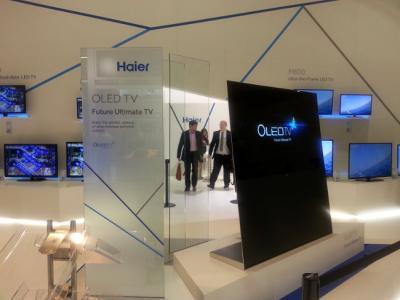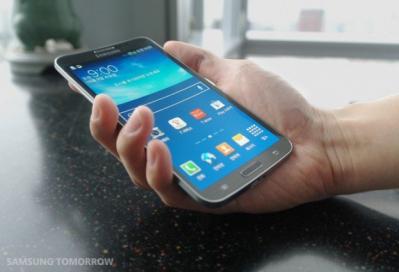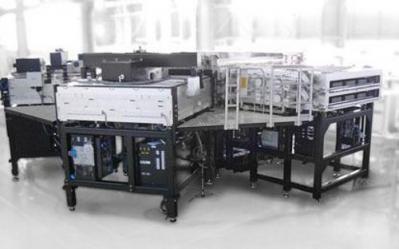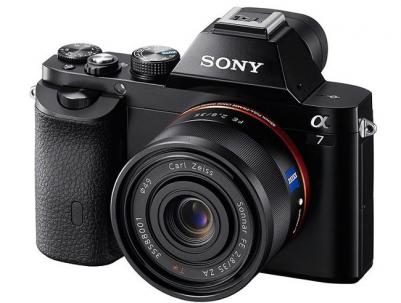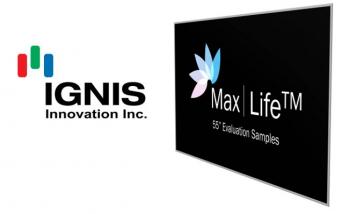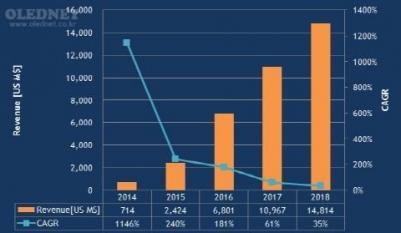Merck confirms Fraunhofer COMEDD's Tabola OLED lighting panels use their materials
Merck participated in the Lightopia exhibition last month, and they showed a mock laboratory that displayed new lighting technologies - including three Tabola OLED lighting panels (made by Fraunhofer's COMEDD) and confirmed that the panels use Merck's materials.
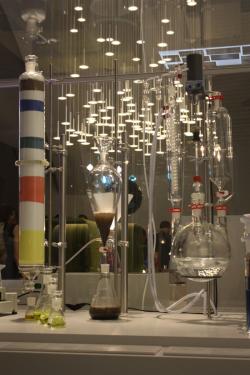
This exhibition will be on display at the Vitra Design Museum in Weil am Rhein, Germany, and will later go on tour to other museums around the world. It also features BlackBody's I.RAIN chandelier, which you can see in the photo below in the background.


